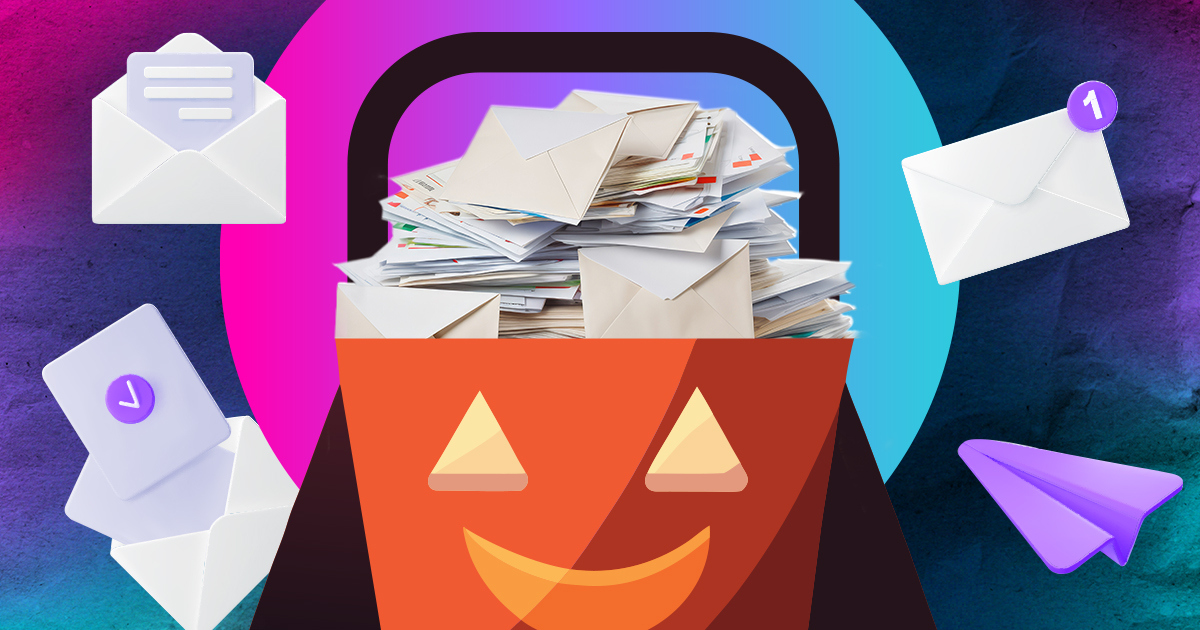
PFL Survey: Organizations Struggle to Adapt to the Attention Economy

These days, the competition for eyeballs, clicks, and mindshare is intense. Yet, despite increasingly powerful and ubiquitous digital marketing tools, many businesses find themselves struggling to gain traction.
The problem? Digital fatigue is on the uptick, and the ability to capture the attention of audiences is a formidable and often frustrating task.
Nevertheless, some companies manage to break through all the clutter and drive high levels of consumer engagement. They find ways to diffuse digital fatigue and build a more effective framework in today’s attention economy.
For our inaugural 2022 “Hybrid Audience Engagement Survey,” PFL asked 626 U.S.-based remote and hybrid workers at enterprise organizations (>1,000 employees) about the difficulties they face in capturing audiences’ attention. The results paint a pretty clear picture of how difficult it has become to grab attention, but also how some organizations transform the challenge into an opportunity—and even a competitive advantage.
Audiences Are Inundated by Digital Communication
It’s impossible to deny that people feel completely overwhelmed by the onslaught of digital messaging and content. The survey found that, on average, enterprise professionals receive 65 promotional emails per week at work. It’s even worse for fully remote workers. They receive 173 emails per week, compared with just 31 per week for individuals at hybrid companies. In all likelihood, marketers view at-home workers as prime targets for buying things, since they have more flexibility than those in a formal office setting. Yet, with other distractions that commonly occur at home, these individuals are likely to feel even more frustrated—and more inclined to switch off.
Interesting, those at higher levels in organizations are more likely to emerge in the promotional crosshairs. Entry-level and associate-level respondents reported that they receive about 29 emails per week, compared with 80 per week for manager through C-level respondents. Of course, averages don’t reflect the fact that some outliers receive hundreds or more promotional messages each week.
More than Half of Respondents Report Significant Levels of Digital Fatigue
The constant barrage of emails and messages take a toll in both the B2C and B2B spaces. They cause recipients to become less receptive to marketing efforts. More than half (52 percent) of respondents reported feeling fatigued due to the volume of digital promotions they receive. The figure jumps to 63 percent at firms operating within a fully remote framework.
Yet things aren’t the same across all departments in organizations. Nearly three-quarters (71 percent) of respondents from marketing and 66 percent in IT reported they had experienced digital fatigue. This compares to only 20 percent of respondents in the legal space.
Overall, more than half of respondents (55 percent) indicated that the volume of digital promotional communications they receive at work is unmanageable. C-Level respondents (80 percent) and director-level respondents (72 percent) were more likely to feel overloaded by the volume of digital communications they receive at work.
Digital Marketing Isn’t a Panacea
It’s tempting to view digital technology through the lens of broadening exposure and cutting costs. As a result, there’s a tendency to constantly turn to new and improved digital tools. While analytics and machine learning pay dividends by improving personalization and context, they aren’t a panacea for the marketing glut.
Making matters worse, the low price of today’s digital marketing tools further exacerbates the problem. It’s critical to evolve from a blunt-force approach to a precision-oriented framework.
In fact, poor results are a proxy for subpar marketing. Faris Yakob, co-founder of the consultancy Genius Steals & the School of Stolen Genius, believes that marketers must think more broadly: “Media impressions are a proxy for human attention,” he said. “Different platforms have fundamentally different attention thresholds.”
Marketers that understand this concept can move to a more strategic marketing framework—they can use the right method in the right place. Not surprisingly, results usually improve. For example, the PFL “Hybrid Audience Engagement Survey” found that about 57 percent of respondents are more likely to open something sent in the physical mail versus an email. Among, C-level respondents, that figure jumps to 73 percent.
What’s more, personalization matters. Respondents are significantly more likely to engage with a brand after receiving personalized physical mail (54 percent) compared with other forms of personalized communication.
Even personalized email delivers benefits, however. The survey found that 32 percent of respondents are likely to open a message directed to their specific and unique interests, while 14 percent are more likely to click on a message with their name in the subject line.
The idea that everything starts and ends with the Internet is also flawed. When asked what action they would take after receiving a piece of direct mail, 37 percent of those surveyed reported that they would visit a brand’s website or research the company. In addition, 21 percent said they will keep the company in mind for the future, and 11 percent said they would send the company a direct email inquiry.
At the end of the day, the data suggests that it’s wise to approach marketing in a broader and more holistic way that blends online and offline tools and approaches. By plucking the advantages of each it’s possible to create a sum greater than the individual parts.
Relationships Matter
If there’s a vital takeaway from the survey, it’s that Individuals desire content that matters to them. Putting the concept into motion requires marketers to rethink and recalibrate.
As Yakob pointed out, it’s critical to balance big ideas with a surgical approach to personalization and contextualization. Digital tools and technologies are crucial, but they should be viewed within a broad scope of assets that address their interests.
Consider: The vast majority (89 percent) of survey respondents said they are more likely to open something they have received in the mail if they recognize the company or have an existing relationship with the business. If there is no preexisting relationship, then monetary incentives or personalization are the next best thing. Consider: 40 percent respond to something of monetary value, while 31 percent view personalization favorably.
Achieving Balance
An intrinsic problem with digital marketing is that it’s difficult to understand the exact nature of a product and how it looks and feels. Whether it’s flooring and furniture or cosmetics and candles, they can’t relate to what a company is offering or the product it sells. On the other hand, a blended marketing approach that spans digital and physical addresses this challenge.
For instance, a well-designed brochure or a sample can make products more tangible—and appealing. Promotions, swag, coupons, gift cards, and other items can serve as an introduction to a new brand or make a good first impression. They also can help solidify relationships with existing customers.
Positive Impacts
A blended approach pays dividends. The survey found that 62 percent of fully remote employees are likely to act after receiving something in the mail. Among C-level respondents, the figure spikes to 68 percent. In all, 90 percent of respondents reported that they are likely to engage with direct mail, while 54 percent said they are more likely to engage with a brand after receiving a personalized piece of physical mail.
While marketing isn’t likely to get any easier in the months and years ahead, it’s possible for business leaders to think smarter and act more strategically. The results of the 2022 PFL “Hybrid Audience Engagement Survey” clearly show that marketers must expand and deepen their thinking about how to gain traction in the attention economy of today, a place where personalization matters and content counts.
Samuel Greengard writes about business and technology. His latest book is The Internet of Things (MIT Press, 2021).



